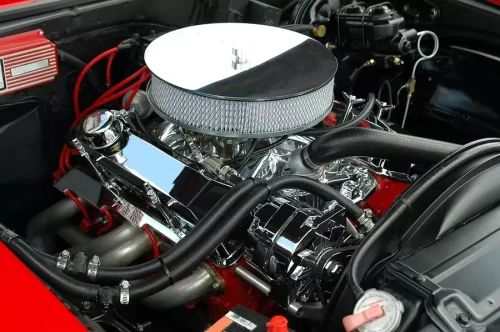
Yes! Your Car Has Two Different Air Filters
Issue 16 • Engine & Transmission Tip If you’re now asking yourself: “My car has air filters?” You’re in the right place. Probably one of

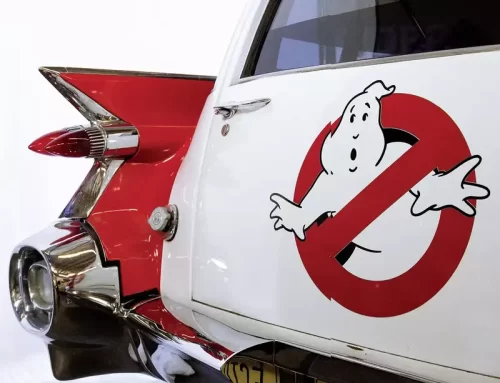
The Ectomobile Ain’t Afraid of No Ghosts!
Epic barely describes the vehicle the Ghostbusters used in the first and second Ghostbusters movies.
Derived from the New York license plate Ecto-1, The Ectomobile is a 1959 Cadillac Miller-Meteor Futura Duplex, end-loader combination (ambulance and/or hearse) car.
The powerplant was an incredible 6.3-liter V8, churning 320 horsepower. Wow! You might think, but when you’re hauling around 7,300 lbs. of stock curb weight, (without any of the interior or exterior additions in the film, that power was barely sufficient. Add the fact that Ecto-1 was over 20 feet in length; the stunt drivers referred to it as “unwieldy to handle”, but it was as smooth a ride as any patient/corpse could ask for, thanks to an air-powered suspension system.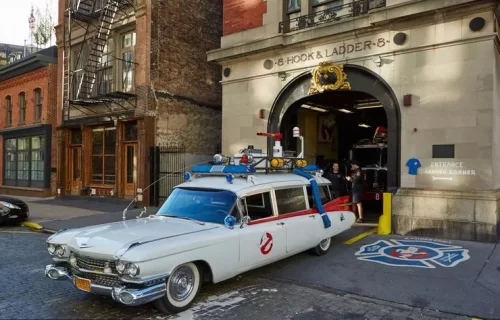
The original Future Duplex, by manufacturer Miller-Meteor, was actually a very rare vehicle. Only 400 were ever produced. But the Ghostbusters team managed to locate two of them for use in the film. The primary vehicle was fitted and used for all the film’s scenes. (The second one was only used for early “pre-modification” scenes, and set aside.)
The storyline In the first movie, tells us Dr. Ray Stantz (Dan Akroyd) pays $4,800 (about $13,000 today) for the horribly beat-up vehicle, and claims it needs a “few repairs”, including “suspension work, and shocks, brakes, brake pads, brake lining, steering box, transmission, rear end… maybe new rings, also mufflers, a little wiring….”
In the film, all fixed up, Ecto-1 looked pretty awful. But in actuality, the Miller-Meteor the production crew started with was a yummy pink, and in good shape. The transformation was a custom one-off fabrication, created by Stephen Dane, (who was snubbed in the film’s credits.) Dane’s sketches were remarkably detailed, and the final production result was very accurate to his vision for Ecto-1. A significant amount of “reworking” was required to bring Ecto-1 to life, including the massive tailfins, which make it look like a 50’s shark-hearse. The tailfins were the largest to ever appear on a production vehicle and were from a 1959 Cadillac Eldorado.
Crazy additions included a special pull-out rack for the ‘busters’ proton packs, which was created from the old ambulance’s gurney, and a butt-ton of stuff mounted to the roof that was never used or described in any of the movies.
After the movie’s release, the actual actors would costume-up and drive Ecto-1 around the streets of New York. There were numerous accounts of accidents caused by drivers gawking at the Ghostbuster’s menagerie, and doing a double-take to see if the driver was actually a star.
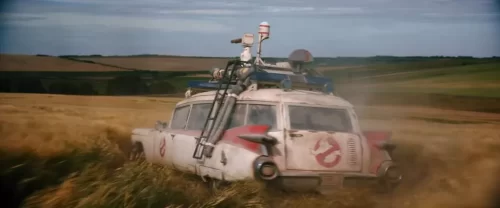
But Ecto-1 wasn’t immortal. While filming Ghostbusters II, it kept backfiring and billowing clouds of non-special-effects black smoke. It clunked out often and certainly went “out with a bang” when it died in the middle of a scene on the Brooklyn Bridge. It caused a massive traffic jam and hefty fines imposed on the production department.
Dan Aykroyd noted: “The thing was a piece of junk. They could barely keep it running between takes, and it broke down constantly on the set.”
Why ever, in a world of buying a dozen cars for filming scenes in a movie would this production team build only one car? Well, so when it unexpectedly retired, they had another one waiting in the wings to transfer all the goodies to. And so, “Ecto-1a,” as that second car was called, was used in the remainder of the film. And shortly after the demise of Ecto-1, and the impending death of Ecto-1a, a third 1959 Miller-Meteor was purchased. Interestingly, a black Miller-Meteor, seen for a few moments at the beginning of the first movie, was actually leased and used only for that scene. But, later, after the movie was done, it was purchased by the studio and completely reworked to a full Ecto-1 for touring appearances. Both of the other Ectomobiles sat in a Sony Pictures backlot, and after years of deterioration, have undergone full restorations.
One big surprise to Ghostbusters fans was that most of the movie wasn’t shot in Manhattan. Permits and schedules, not to mention crowd control made it almost impossible, when Los Angeles was a far more attractive solution, considering it was already perfectly set up to handle that sort of thing.
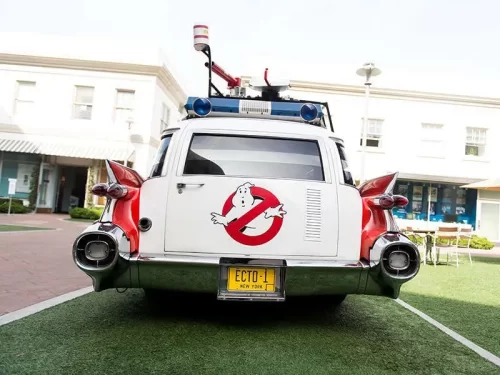
But, during the few scenes that “had” to be filmed in New York, the film crew often decided to go rogue and shoot as much as possible while they could. This landed them in hot water with NYC law enforcement.
And it all started on day one, with the montage scene filmed on the spur of the moment. It is the one featuring someone who looks like a security guard chasing the cast while Dan drives the Ecto-1.
Much to the delight of uber fans, the original Ecto-1a, from Ghostbusters II, has been repurposed as one of three Ecto-1 cars for the new movie, Ghostbusters: Afterlife. Sony retooled the former Ecto-1a into a modern interpretation, swapping the ladder to the driver’s side and the rear passenger door converted to a suicide-style opening for the gunner’s seat in “Afterlife”. They also outfitted two more Cadillac Miller-Meteor hearses for shooting; all three now have GM LS V-8s under their hoods. The original Ecto-1 wasn’t used for filming the new movie, and all the parts are still around, and simply awaiting a resurrection.

Issue 16 • Engine & Transmission Tip If you’re now asking yourself: “My car has air filters?” You’re in the right place. Probably one of
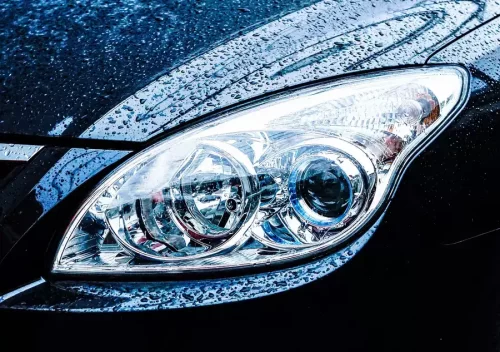
Issue 18 • Engine & Transmission Tip You Can Restore And Protect Your Hazy Headlights Yourself Here is a DIY (do it yourself) project that
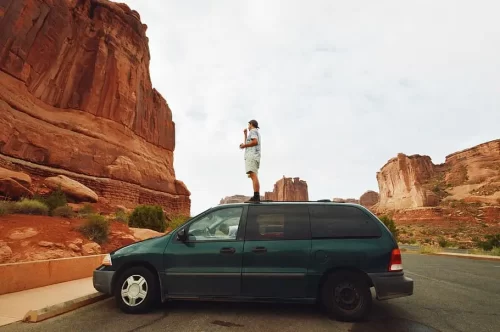
Where The Way-Back Seat Meets The Road! A Tribute To Station Wagons & Their Kid-Magnet Way Back Seat A Tribute To Those Great-American Station Wagons
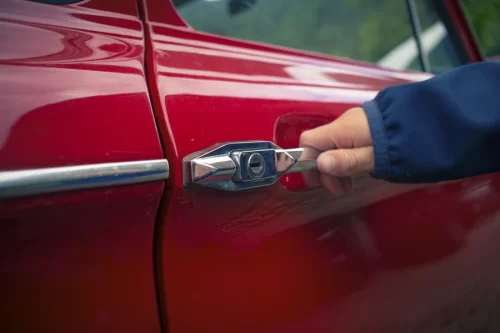
Issue 22 • Engine & Transmission Tips First, understand that DIY (Do It Yourself) solutions for repairing scratches or paint chips on your car will

Issue 39 • Engine & Transmission Tips The battery-less vehicle jump starter is revolutionary, super-safe, and it works! You walk out to your car one
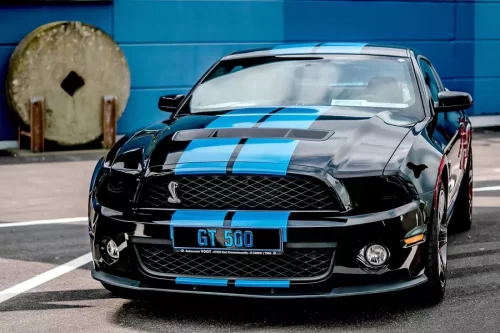
Issue 15 • Engine & Transmission Tips Every production car manufactured in the United States has a VIN, or vehicle identification number. This 17-digit code